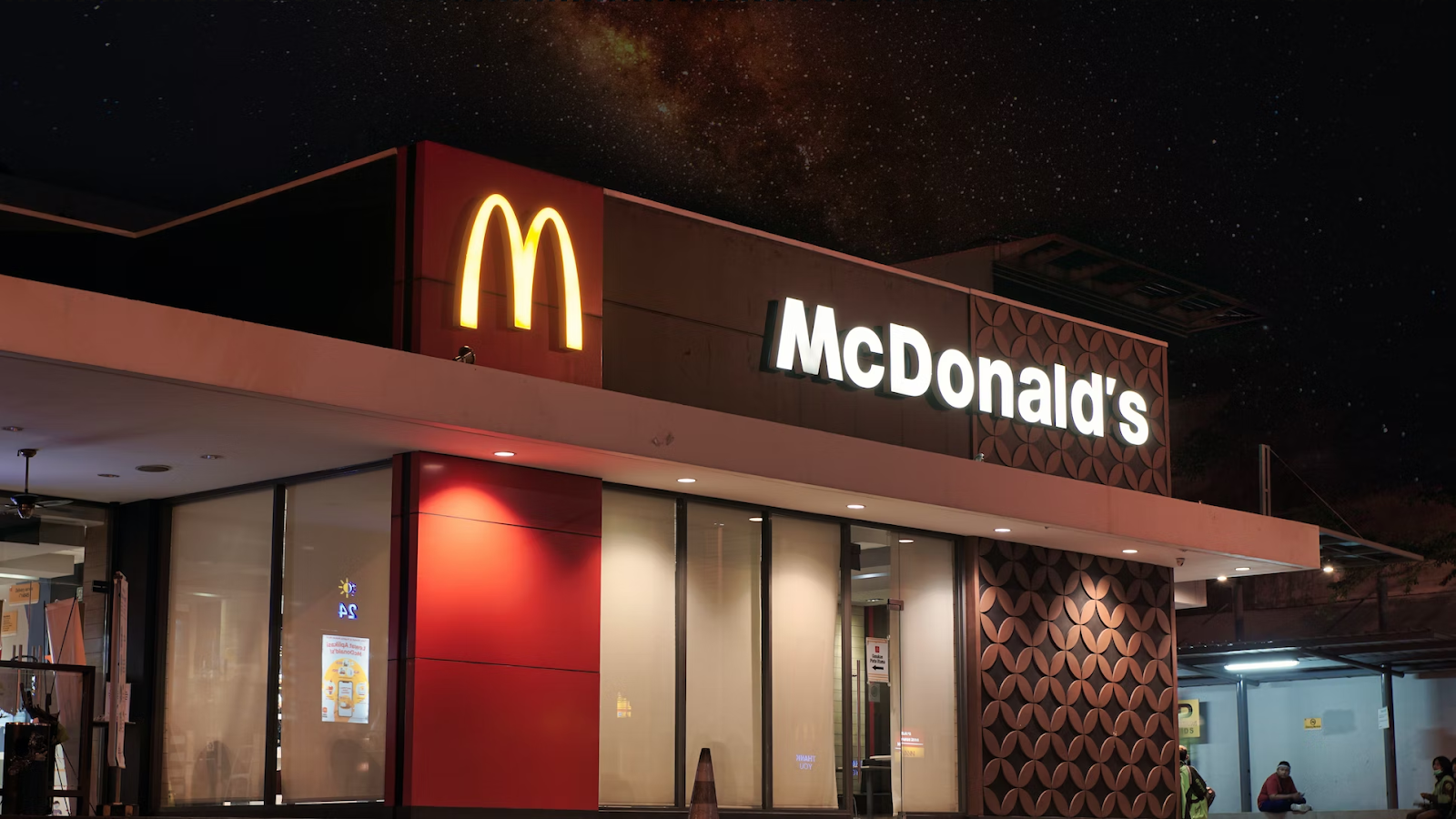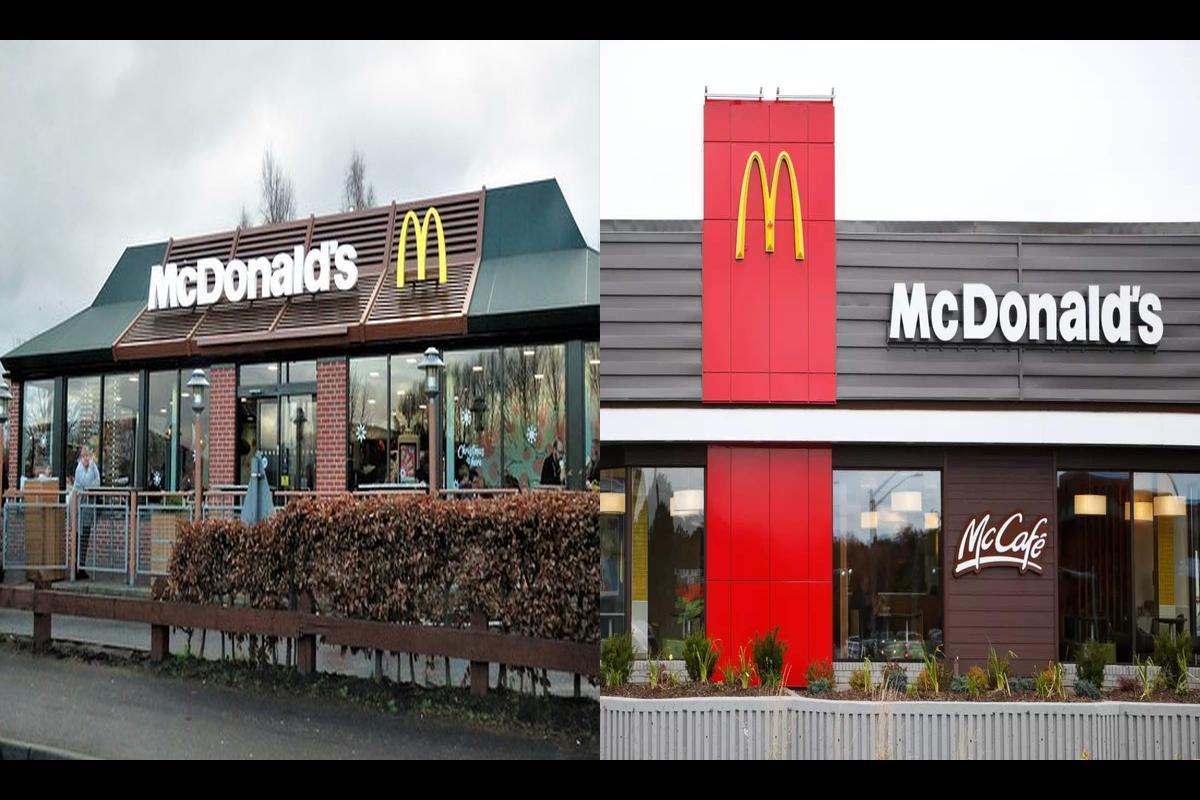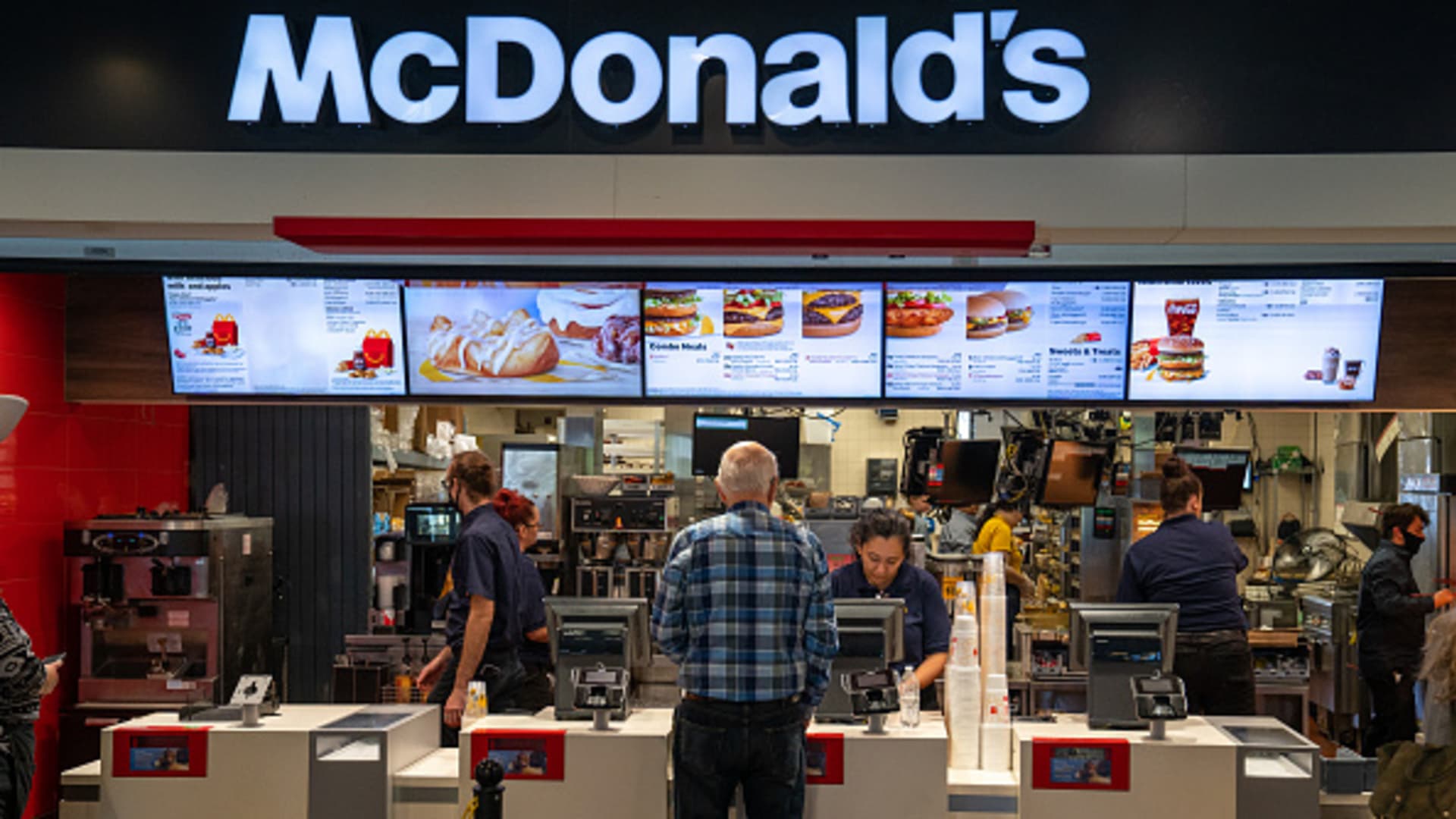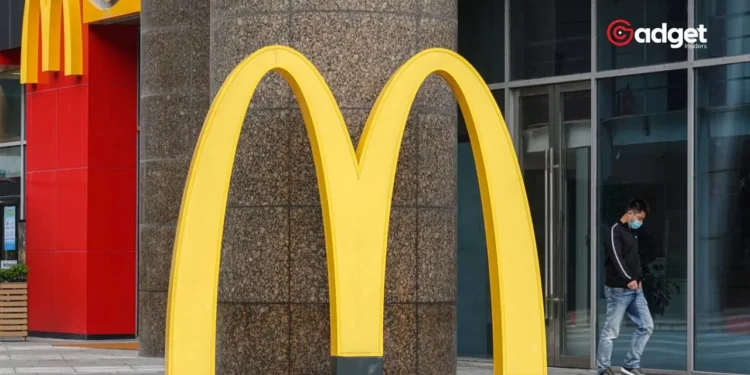In the fast-paced world of fast food, price shifts are more than just numbers—they’re a direct reflection of the broader economic pressures and operational challenges. Recently, McDonald’s, a ubiquitous presence in the American culinary landscape, has found itself at the center of heated discussions around its pricing strategy. Contrary to the swirling rumors of exorbitant price hikes, McDonald’s U.S. President Joe Erlinger clarifies the situation with a dose of reality.
Erlinger addressed the public with an open letter, debunking the viral social media posts claiming that McDonald’s has doubled its menu prices. He emphasizes, “For a brand that proudly serves nearly 90% of the U.S. population every year, we feel a responsibility to make sure the real facts are available.” The actual figures paint a different picture, with an average price increase of about 40%—significant, yet far from the rumored 100% hikes.

McDonald’s: Navigating Through Economic Challenges
The reason behind the price adjustments at McDonald’s is multifaceted. Like many others in the industry, the chain has been navigating a storm of inflationary pressures, exacerbated by a global pandemic and supply chain disruptions. These challenges have inevitably led to an increase in operating costs, which, as Erlinger points out, are partly absorbed by franchisees through strategic promotional offers.
Franchisees, who own approximately 95% of McDonald’s U.S. locations, play a crucial role in setting prices. They balance the need to manage their business costs with the competitive imperative of attracting customers.
This delicate balancing act is reflected in the gradual price uptick observed across various menu items. For instance, the iconic Big Mac, which cost $4.39 in 2019, now comes with a price tag of $5.29—a 21% increase over five years. Similar adjustments have been seen with other staples like the 10-piece McNugget meal and medium-sized fries.

The Big Picture: Adjustments and Expectations
Amid these price adjustments, McDonald’s is not just passively weathering the storm but actively engaging in competitive strategies to enhance value for customers. Erlinger’s anticipation of price-focused discussions in the coming months underscores the company’s proactive stance in navigating consumer expectations and market dynamics.
Moreover, McDonald’s is not slowing down on its promotional front. The introduction of the $5 meal deal after approval from operators is a strategic move to boost customer visits and satisfaction. This limited-time promotion, despite its associated costs, is supported by a partnership with Coca-Cola, which is expected to contribute an estimated $4.6 million.

A Balancing Act in Fast Food Economics
As McDonald’s continues to juggle the challenges of inflation, supply chain issues, and competitive pressures, the clarity provided by Erlinger’s open letter is a welcome insight for consumers grappling with their economic uncertainties.
While the road ahead is paved with cost-related challenges, McDonald’s commitment to maintaining a balance between affordability and quality ensures that it remains a key player in the fast food arena, ready to face its rivals with strategic pricing and promotional tactics.
This transparent approach not only helps in setting realistic consumer expectations but also solidifies McDonald’s reputation as a brand that values honesty and customer satisfaction amidst the fluctuating tides of the fast food industry.










